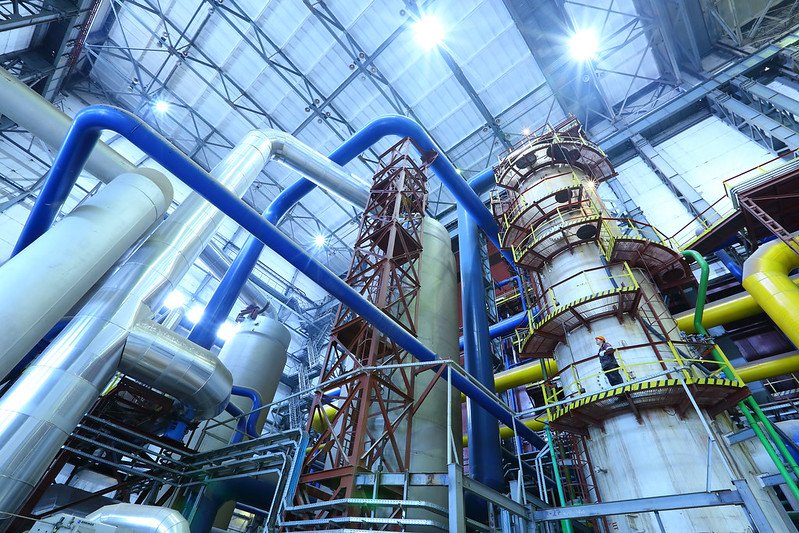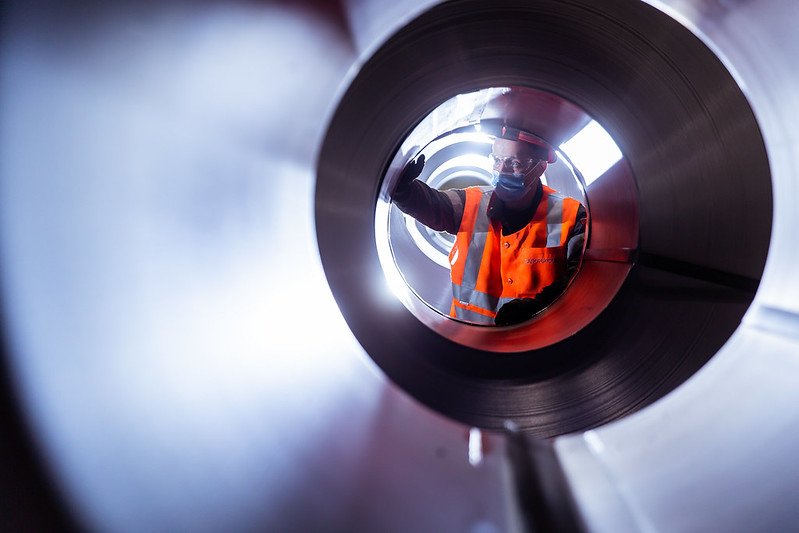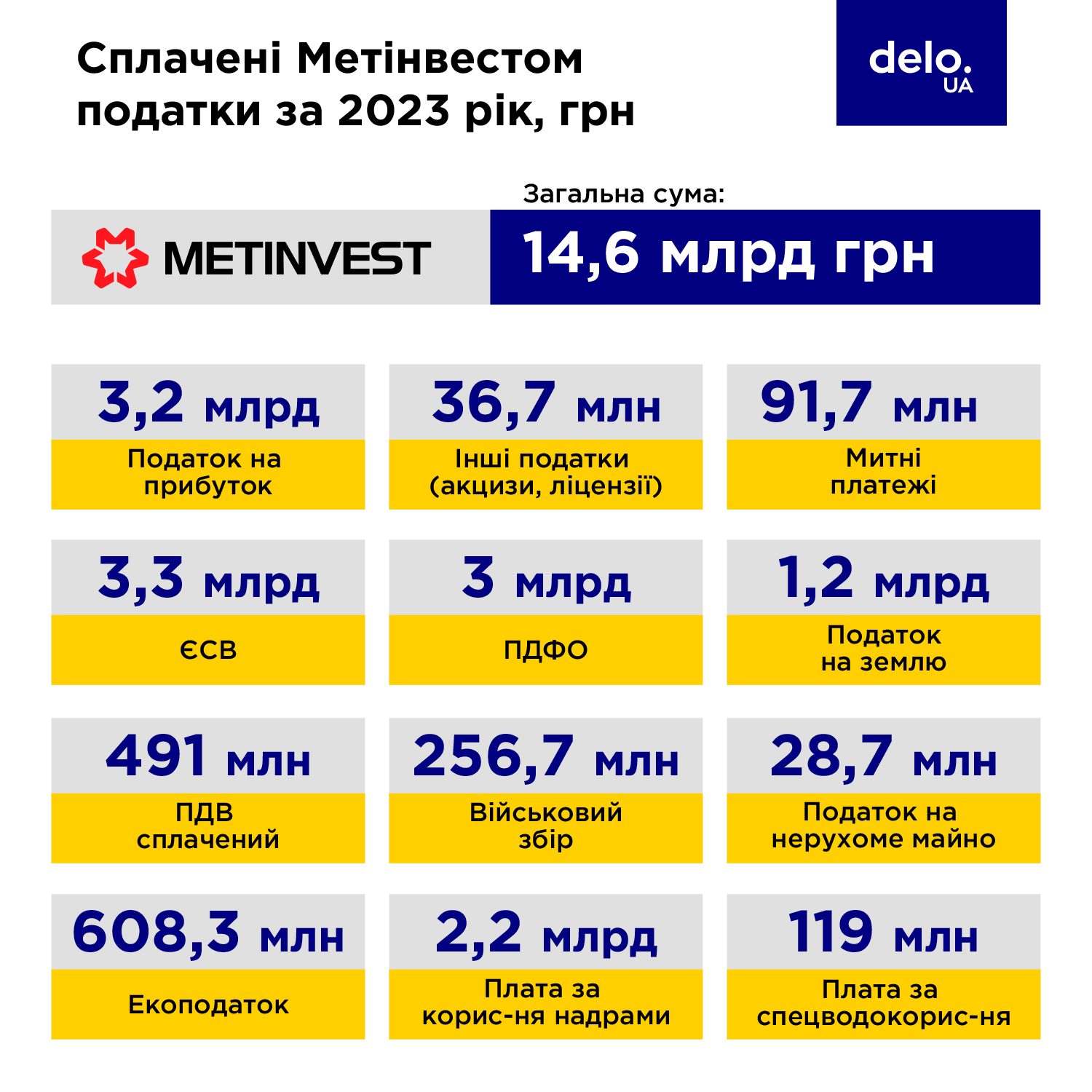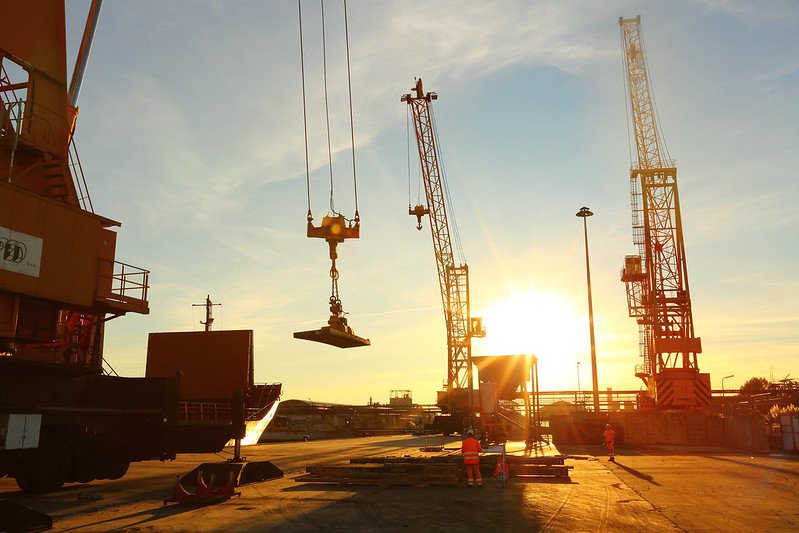As part of the special “Economic Responsibility: Top Taxpayers in 2024” project, the publication Delo.ua presents the case study of Metinvest as one of the leading companies in the steel industry.
Amount of taxes paid by Metinvest Group
In 2021, Metinvest Group paid UAH52.7 billion in taxes into the national budget. After the full-scale invasion in 2022, the amount decreased, as expected, to UAH20.5 billion in 2022 and to UAH14.6 billion in 2023. The decline in taxes paid was due to a number of factors, including issues with asset utilisation, the sea blockade, the loss of control over assets in Mariupol and the shutdown of Avdiivka Coke Plant. Ongoing shelling, logistical constraints, electricity and staff shortages have also had an impact.
Despite the difficult circumstances, the Group is adapting and remains one of the largest taxpayers in Ukraine.
In the first half of 2024, Metinvest increased its tax payments by one and a half times to UAH 10 billion, which indicates that the situation has stabilised despite the challenges the Group continues to face.
The largest payments included subsoil use fees of UAH2.9 billion, unified social contributions of UAH1.8 billion and personal income tax of UAH1.7 billion.

For example, the amount of unified social contributions has increased by 19% year-on-year, as the Group officially employs its staff, regularly indexing and raising salaries. Tetiana Petruk, Metinvest Group’s Chief Sustainability Officer, said: “This is a significant contribution to the country's development, which is especially important amid the current situation in Ukraine. The taxes collected from official salaries, in particular, enable the state to allocate the necessary funds to the Armed Forces of Ukraine to fulfil their tasks, primarily to ensure the country's defence capability.”
In addition, Metinvest’s assets in front line cities generate taxes for local budgets. In 2023, the Group’s enterprises paid over UAH261 million in taxes to the community of Pokrovsk, accounting for one third of all tax revenues to the local budget.
The gradual recovery of activity and adaptation to new conditions provide grounds for anticipating positive trends in the growth in payments in the future.
Yuriy Ryzhenkov, CEO of Metinvest Group, said: “Metinvest has overcome many challenges during the war. And many are still ahead. Our efforts to rebuild the business to face the new conditions and our ability to turn problems into opportunities have yielded positive results: tax payments are increasing. This is our contribution to supporting Ukraine’s economy and the regions near the front line where our enterprises operate.”
How the company is contributing to Ukraine's recovery
The Group’s tax revenues are increasing, thanks in part to its involvement in infrastructure reconstruction. Metinvest’s steel is used to build bridges in Ukraine. For example, the Wave pedestrian bridge, which connects Obolon Island and Natalka Park in Kyiv, was constructed using its steel. For this purpose, 300 tonnes of hot-rolled plates produced by Azovstal were used. The Group also supplied 3,200 tonnes of rolled steel plates, including Azovstal products stored in warehouses, to rebuild the road bridge on the Desna River near Chernihiv, which was destroyed by the Russians.

Metinvest has also joined the construction of a new transport corridor from Ploiesti (Romania) to Seret (on the border with Ukraine). The Group said: “This road will provide Ukraine with access to Romanian ports and will serve as an alternative route to the European Union, bypassing Poland, Hungary and Slovakia. Ferriera Valsider and Metinvest Trametal will produce 2,800 tonnes of hot-rolled plates for the construction of two bridges on the Ploiesti-Buzau section.”
Metinvest not only supplies steel for construction but is also developing its own rebuilding programmes. Last year, the Group introduced the Steel Dream concept for rebuilding war-affected cities and communities. Experts from the Group have developed projects for 13 types of buildings: residential buildings, schools, kindergartens, hospitals, sports complexes and more. In total, the concept includes over 200 design solutions that can be adapted to meet the needs of specific communities. The Group said: “The projects incorporate prefab solutions and elements such as modules, metal frames and platforms. They enable the rapid construction of buildings and allow for scaling to meet specific needs. All design work is provided free of charge.”

Metinvest’s experts have already developed projects to rebuild a district in Mariupol and the Yuvileinyi neighbourhood in Bakhmut, one of the largest in Ukraine. Representatives from ten communities have already sought assistance from Steel Dream. Requests are coming from Kherson, Mykolaiv, Odesa and Donetsk region, as well as the Chernihiv region, where reconstruction projects will be implemented in partnership with Denmark.
Metinvest Group is also helping to improve Ukraine’s energy security: In 2023, the Group supplied over 900 tonnes of flat and structural steel products to Zaporizhtransformator. In particular, these products are intended for the production of 14 transformers to restore critical energy infrastructure damaged by shelling.
Production volumes and future plans
Before the beginning of the full-scale war, Metinvest produced around 14 million tonnes of steel. Now, due to the loss of part of its production facilities, production has decreased to 5.5-6 million tonnes. Currently, the Group exports 61% of its steel and sells 39% of its products on the Ukrainian market. Even with these volumes, the Group is ready to supply steel for the restoration and construction of infrastructure in Ukraine after the war is over and will continue to export its products.

The Group said: “Even now, Ukraine produces five times more steel than it needs. The country currently consumes only about 100 kg of steel per person per year, compared to 300-500 kg in Eastern Europe. This means that we can increase steel consumption by approximately by three to five times. In addition, even now, the country exports around 80% of its steel production. So, the volumes that Ukraine currently produces will be enough to meet domestic demand.”
In the future, Metinvest plans to modernise and automate its Ukrainian steelmaking enterprises. In addition, it is considering building DRI/HBI modules at its Kryvyi Rih mining and processing plant to produce high-quality raw materials for green metallurgy. Metinvest said: “The cost of one such module is about US$1 billion. The Group is already conducting a feasibility study and planning design work. But major investments in these projects are possible only after the war ends.”
Investments in green steelmaking
One of Metinvest’s areas of focus is the development of green steelmaking in Ukraine, as the country is committed to transitioning to decarbonised steel production under the European Green Deal. Today, the Group is the largest source of raw materials for green steel production on the European continent and has a strong resource base in Kryvyi Rih that can be improved to ensure green steel production in Europe.
The Group said: “Our strategy is to develop green steel production in Ukraine. At the same time, Metinvest is considering the possibility of building or acquiring new green steel production facilities outside of Ukraine that would utilise Ukrainian raw materials.”

For example, Metinvest is considering purchasing or leasing steelmaking facilities in Romania, Italy and Poland. It is important for the Group that these acquisitions or leases align with its strategy of transitioning to green steelmaking and increasing demand for high-quality pellets and high-grade iron ore from its Kryvyi Rih mining and processing plants.
In addition, the Group is finalising the development of a project to build a green rolling mill in Piombino, Italy, with an annual capacity of 2.7 million tonnes of steel. An action plan with commitments from Metinvest, the Italian government and the local authorities is currently being finalised. They are also working on attracting financing: the total construction cost is EUR2.5 billion, with at least 70% expected to come from loans. Construction could begin by the end of this year or early next year, with the plant expected to produce its first steel by the end of 2027.
This project will serve as a pilot for the future reconstruction of Zaporizhstal and Kamet Steel while also creating additional demand for the Kryvyi Rih mining and processing plants. Metinvest said: “Thanks to this project, the Ukrainian steel industry will be able to become an important element of the European economy, laying the foundation for Ukraine’s economic prosperity through taxes, foreign exchange earnings and job creation. The new plant will also allow for the replacement some of the products supplied to Europe by Russia with Ukrainian steel.”
